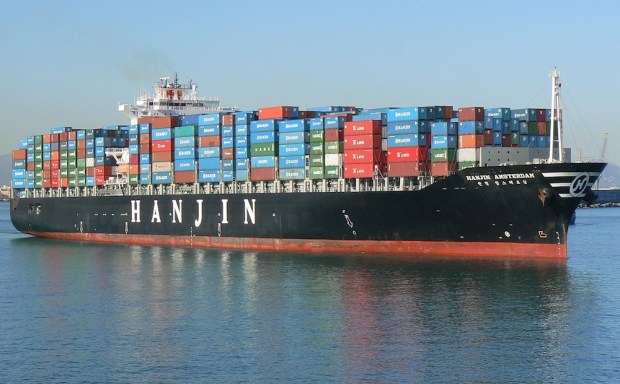Retailers Face Shipping Crisis With Holiday Season Around The Corner

As the run-up to retail’s big season is getting ready to get underway, the nation’s retailers have a big, big problem at the ports. A problem that has now gotten severe enough that they are looking to the federal government for assistance.
The problem is not American in origin. It stems from extreme financial difficulties suffered by South Korea’s Hanjin Shipping Co. Hanjin is one of the world’s largest container shipping companies, and as of this week, it has filed for bankruptcy protection.
“While the situation is still developing, the prospect of harm is significant and apparent,” Sandra Kennedy, president of the Retail Industry Leaders Association, wrote in a letter to the Department of Commerce and the Federal Maritime Commission.
She further noted the challenges U.S. shippers would face and that the situation “could have a substantial impact on consumers and the economy at large.”
At the time of its collapse, Hanjin handled about 7.8 percent of the trans-Pacific U.S. market. Since its filing, terminal operators, ports, cargo handlers, truckers and others have refused to handle its cargo because, at present, there is no guarantee they are getting paid for doing so. In addition, some Hanjin ships have been seized by creditors or barred from shipping cargo from Busan, South Korea’s main port. Other ships have been turned back from from ports in the U.S., China, Canada, Spain and elsewhere.
Unsurprisingly, this is causing some turmoil at ports in the United States and around the world. Some estimates coming out of Asian freight brokers indicate that over half-a-million containers face delivery delays of a few days on the low end and a few months on the high end.
The rapidly diminished capacity has also spiked prices for shippers. Cargo owners said rates from Busan, South Korea, to Los Angeles had risen to $2,300 a container by Thursday (Sept. 1), up from $1,700 four days earlier.